Michigan Photo Journey


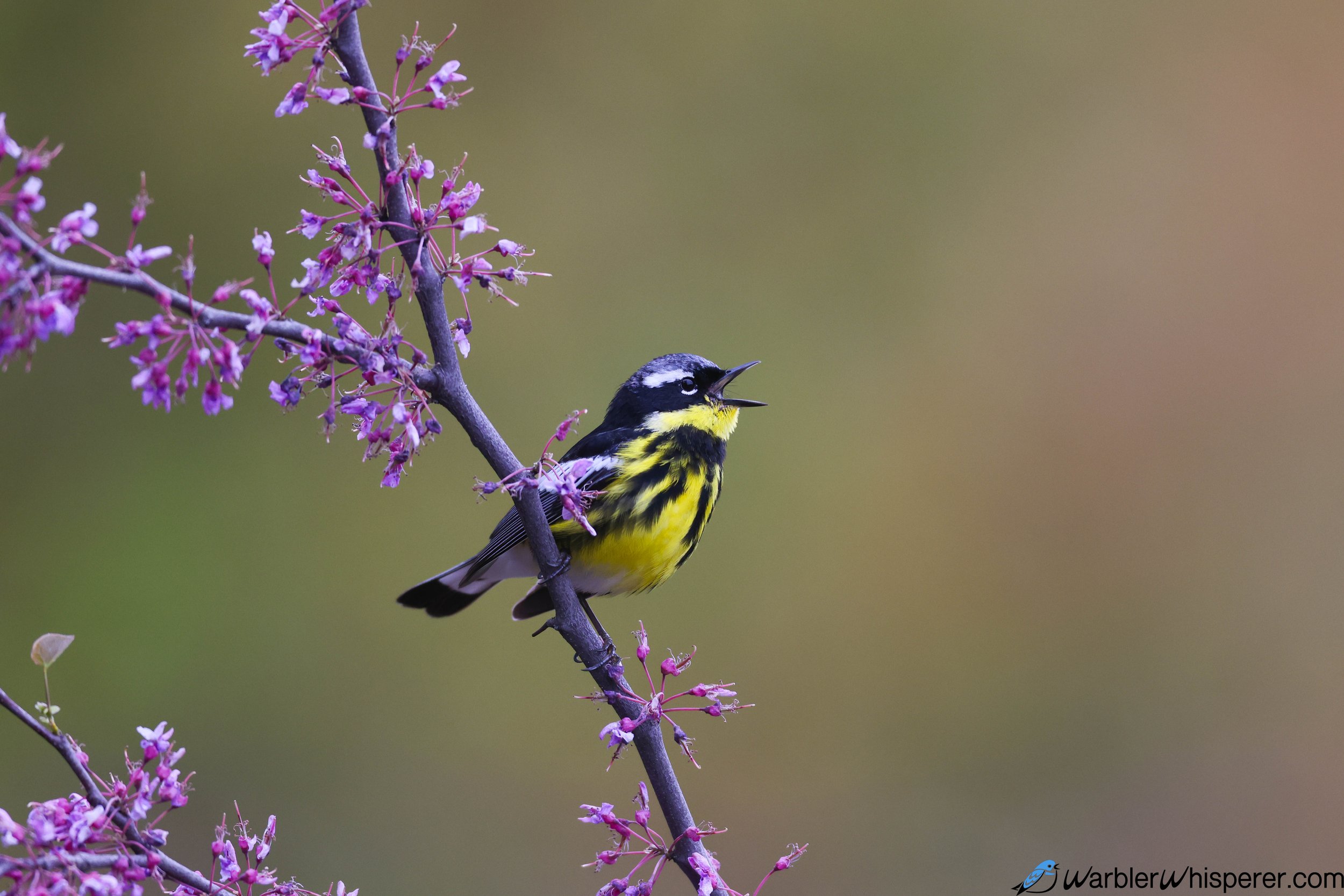









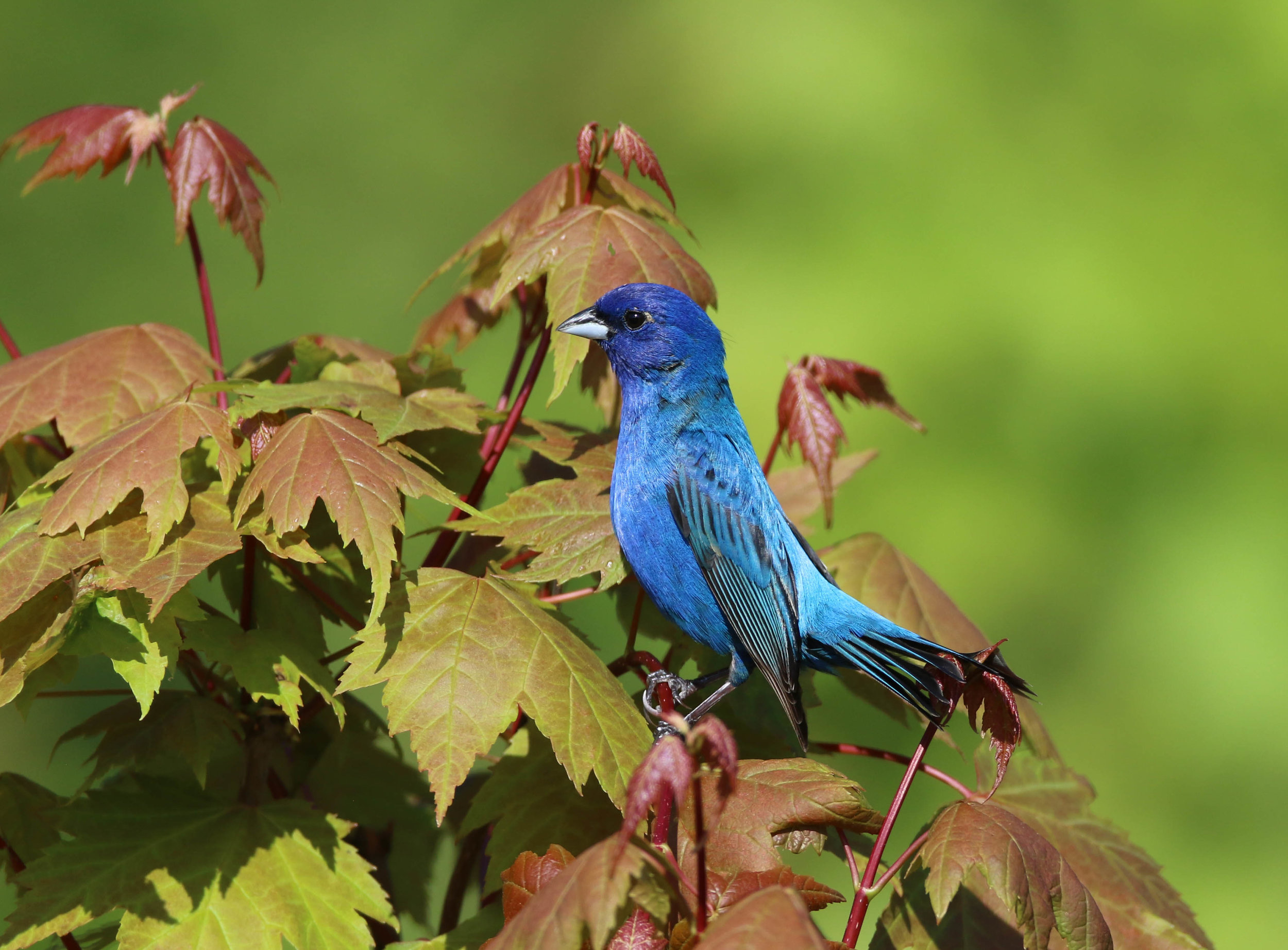

















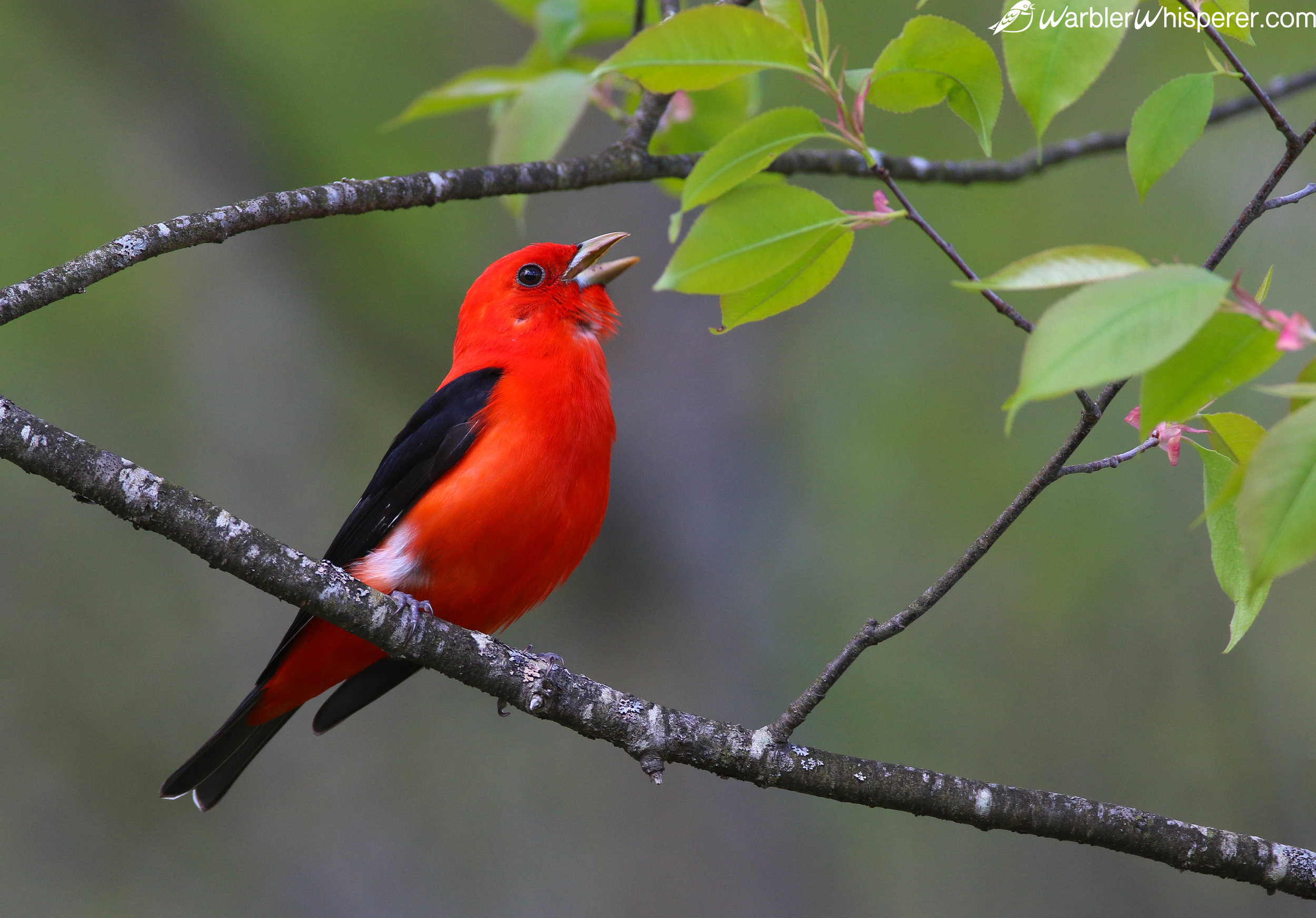



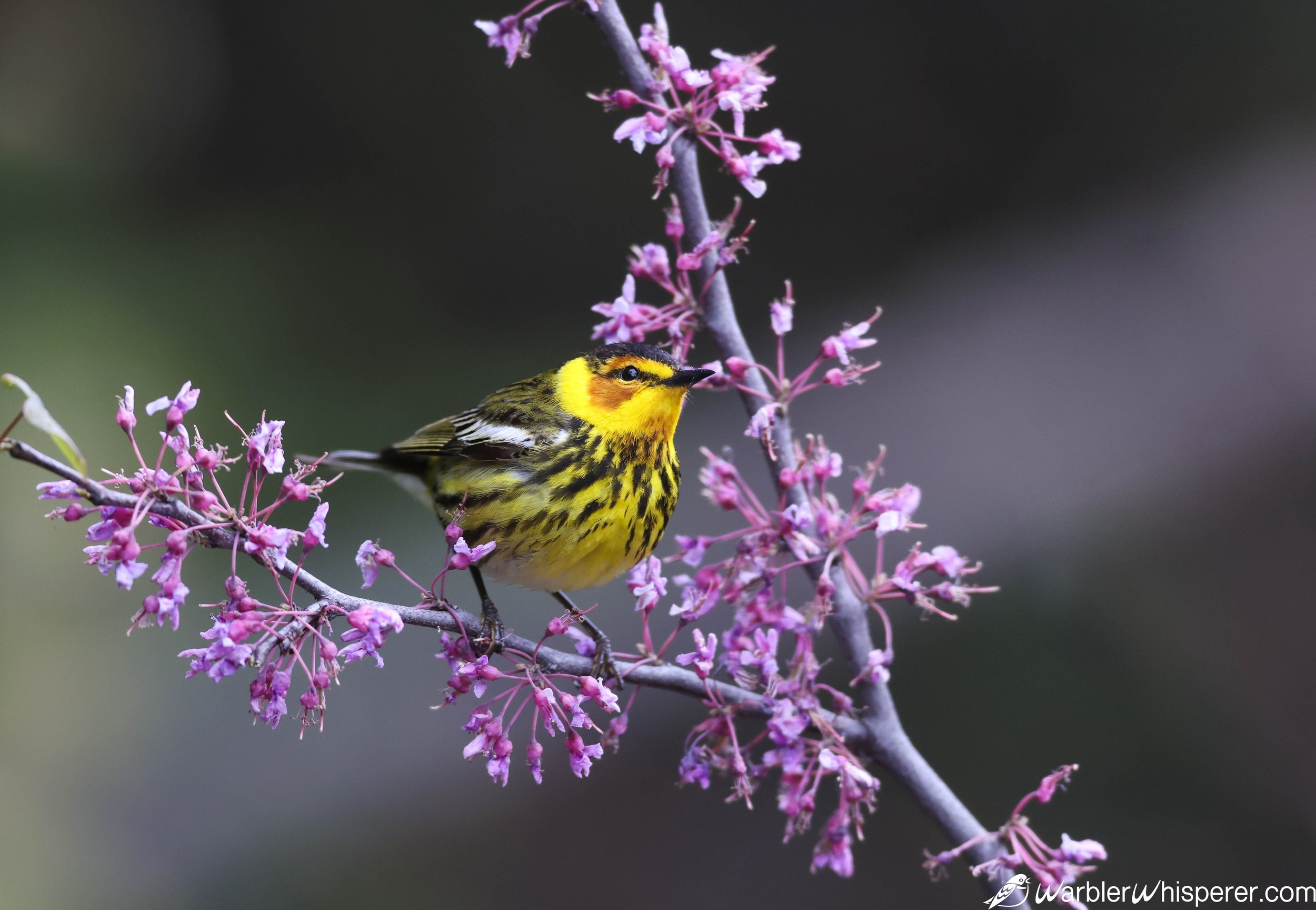





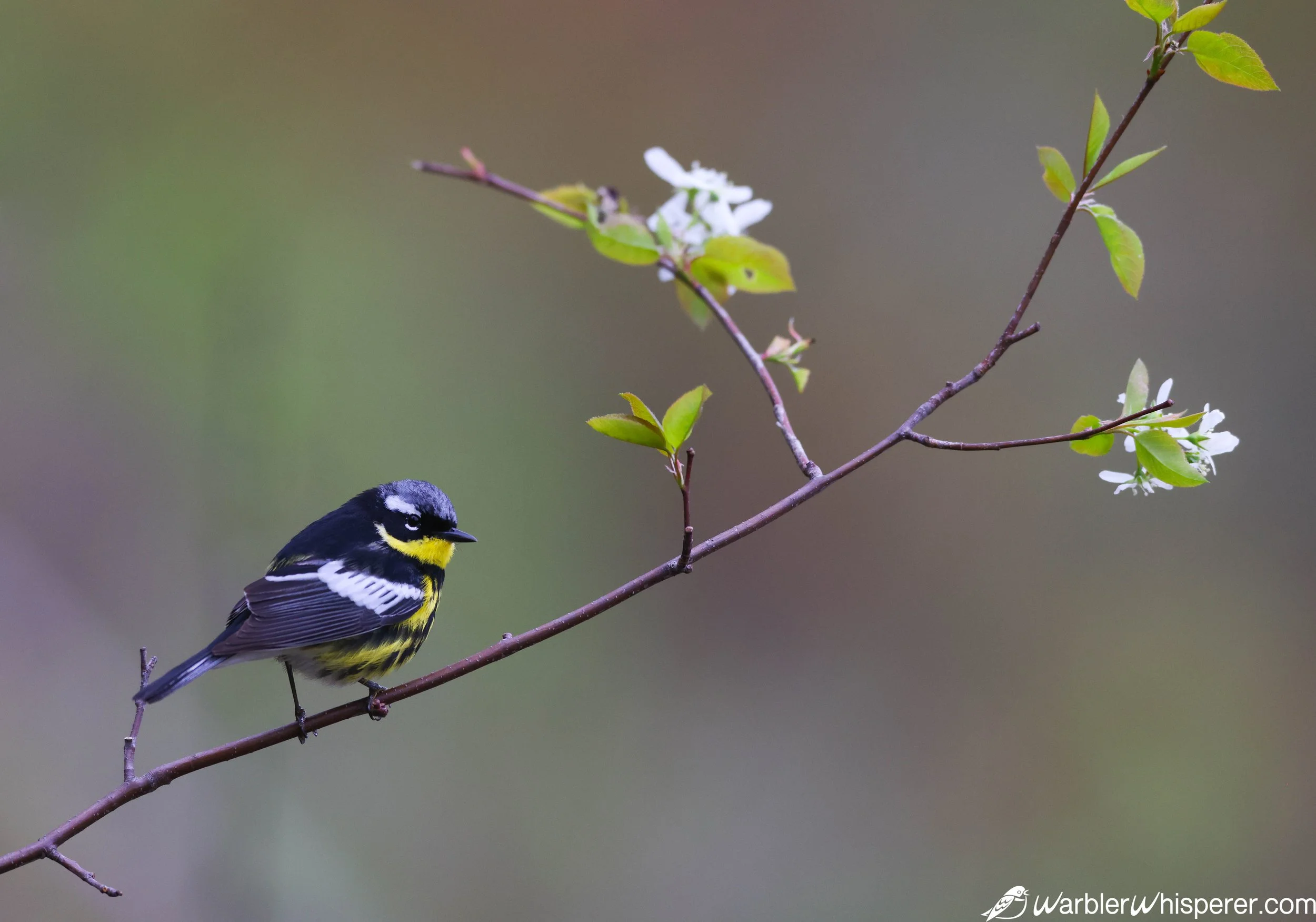


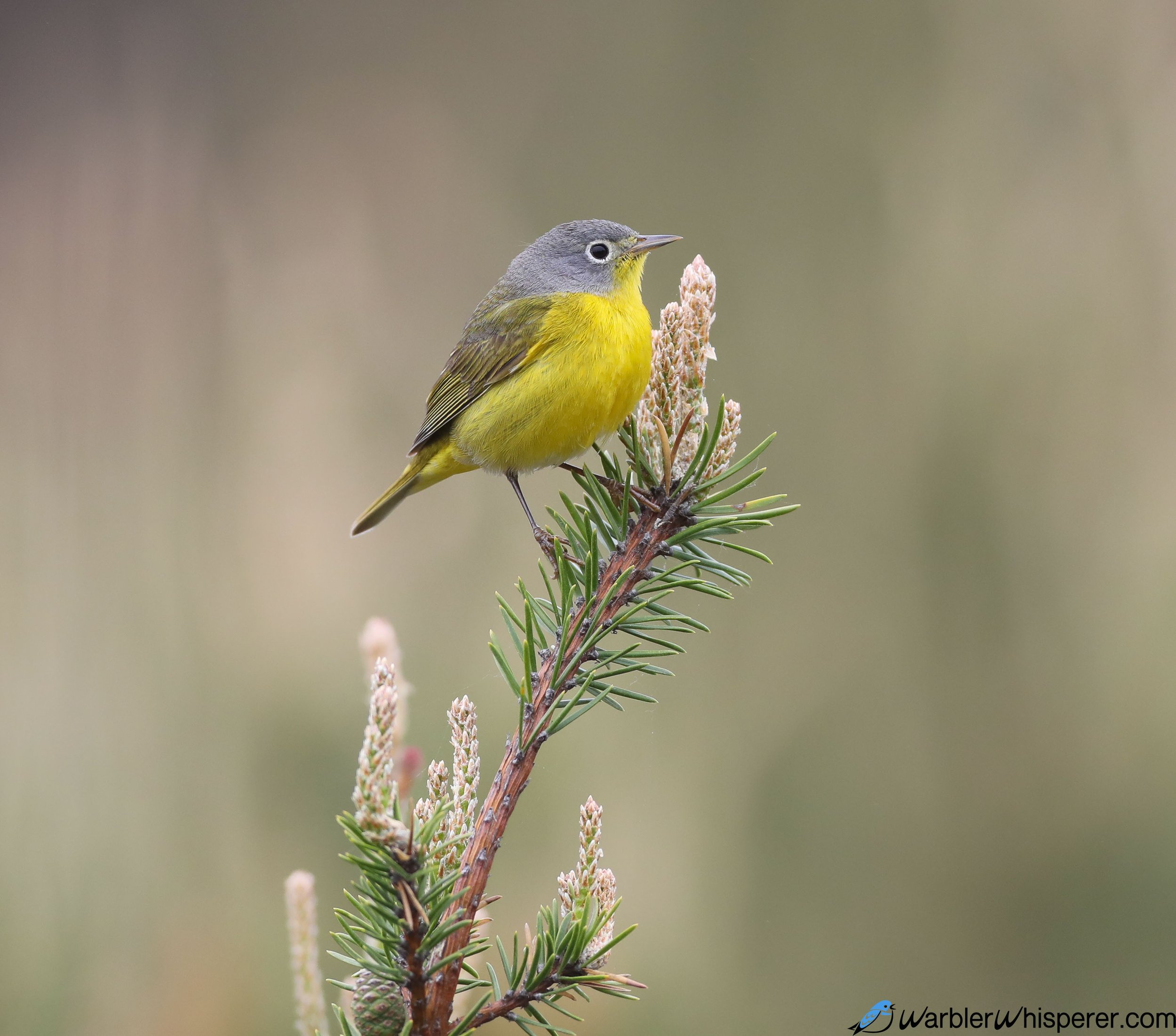

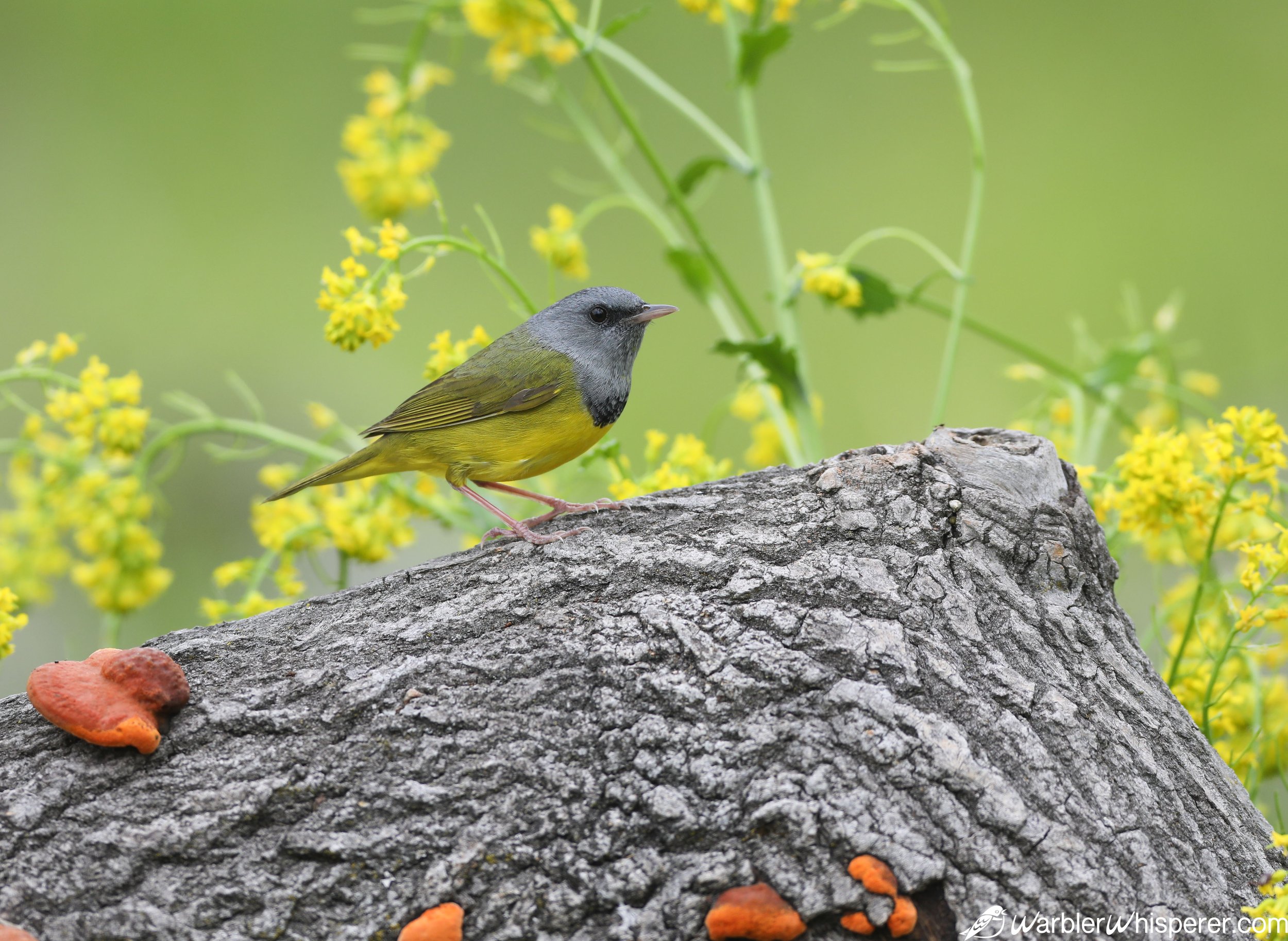

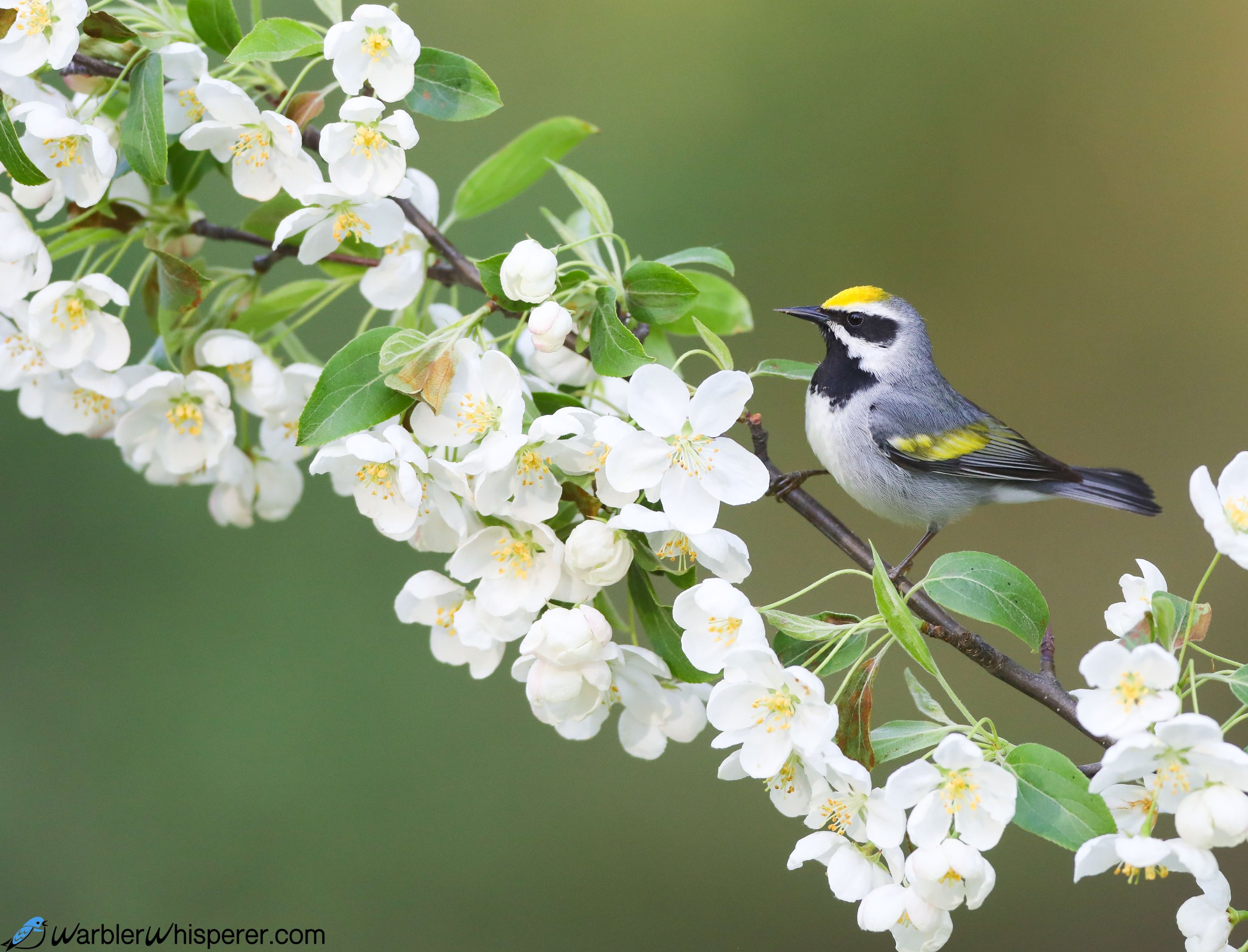



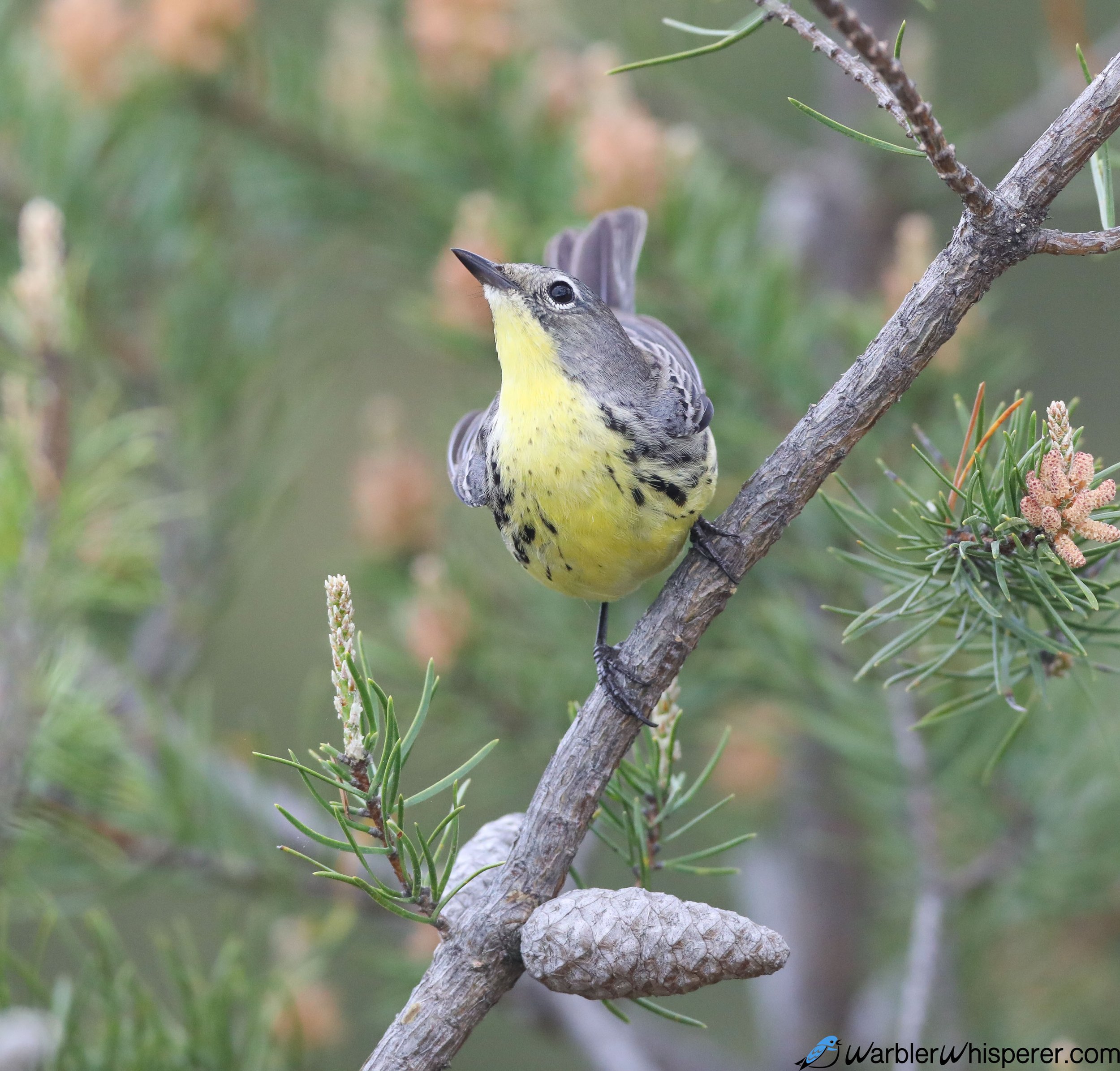


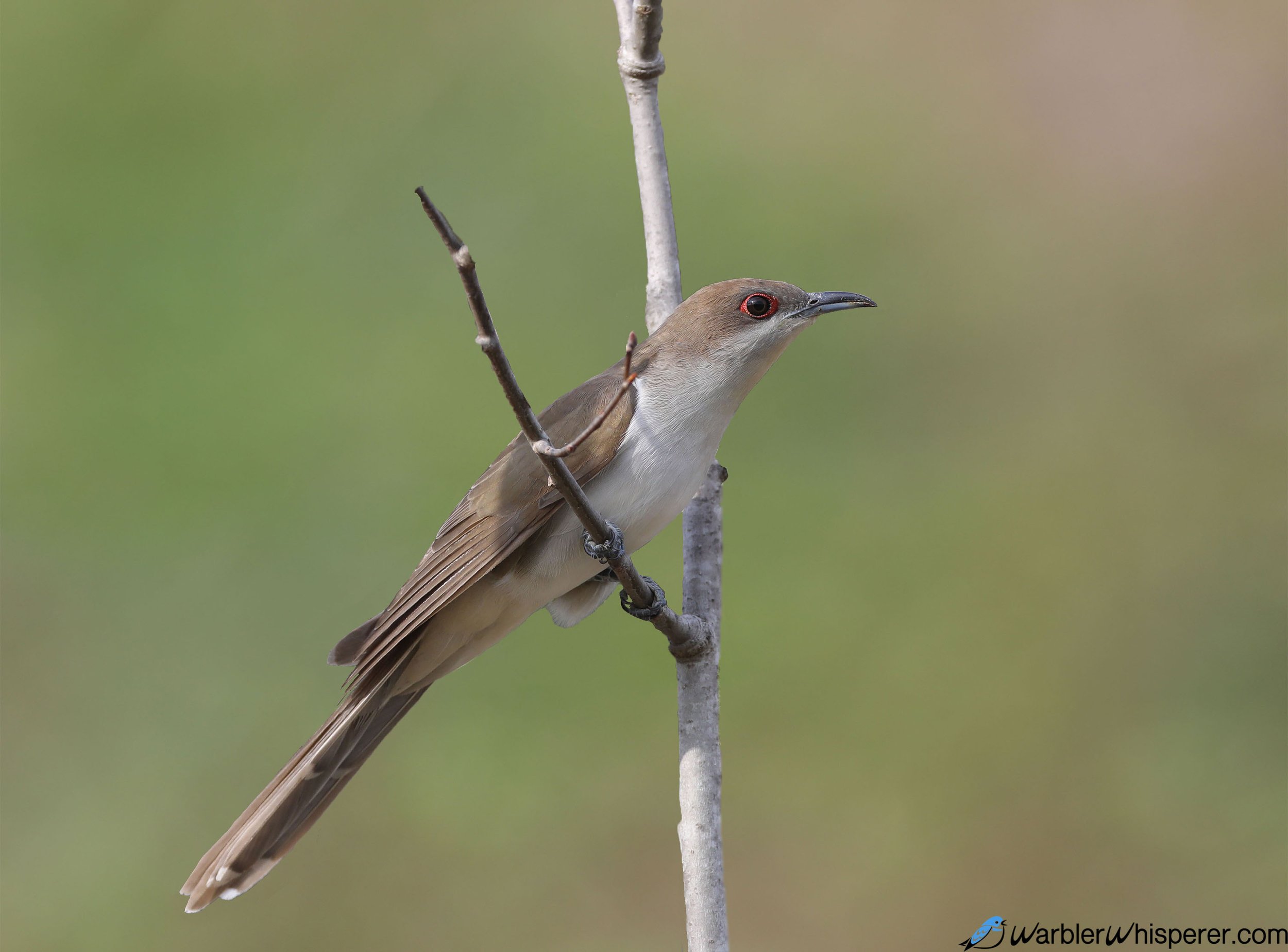



















•an offering for up two participants •
TOUR DATES: Yet to be decided for 2025. Please discuss with Gene before signing up.
GROUP SIZE: UP TO TWO PARTICIPANTS PLUS LEADER
COST: $2750 per participant for 5 scheduled full days. Add $500 for each additional day.
Save your dates with a $750 refundable deposit (see Terms Of Use).
(HOTEL, MEALS AND TRANSPORTATION ARE NOT INCLUDED.)
Gene grew up in Michigan and still has some family there. The locations of the scheduled dates for this Photo Journey begins in the upper half of the lower peninsula and ends in the northern part of the upper peninsula.
This Journey lends itself well to distinct morning and afternoon sessions. We will have access to restaurants for lunch breaks during the scheduled dates.
Lower Peninsula Information:
DAY 1
We will start our 2024 Michigan trip working with the Kirtland’s warbler. This is currently scheduled as a half day (May 22nd) but shooting time may be extended if the weather allows. Some time in the afternoon or early evening (of May 22nd) we will need to drive a little over two hours to what will be our base location in the lower peninsula until we depart for the upper peninsula the afternoon of the 25th.
DAY 2
The primary target at our base location will be Golden-winged Warblers. We may stumble upon hybrids as we sift through the many expected Golden-winged Warblers. Most years we find one or more hybrids. One year we even had a female Lawrence’s warbler. Mourning warblers are also our target. We likely will hear Black-billed Cuckoos calling and if we are fortunate we may be able to see and/or photograph one during our time in this habitat.
DAY 3
More time in Golden-winged Warbler habitat. Depending on lighting and group consensus, we will either use mid-day to transition to a Cerulean Warbler site or stay put depending on group consensus. Please note the Michigan trip is not the best WarblerWhisperer trip to try to photograph Cerulean warblers and we can discuss why. We will return to our base location for the night regardless. We will also be looking for Nashville Warblers in this same Golden-winged habitat, and many years we also find Blue-winged Warbler(s) here. Scarlet Tanager, Rose-breasted Grosbeak, and Baltimore Oriole are potentially some of our non-warbler targets. We have several other possible warbler targets as well depending on the need/desires of the group.
DAY 4
The morning of Day 4 (May 25th) is to complete any unfinished business with photography targets and we can plan for this the evening prior.
Upper Peninsula Information:
After lunch on the 25th we will drive about four and a half hours to the Marquette Michigan area in the northern part of the Upper Peninsula. This will serve as our base for the remainder of the trip. Species expected at the Upper Peninsula sites are listed BELOW.
DAY 5, 6, 7 (day 7 is a half day)
This is boreal habitat and we will have many breeding warbler species to choose to work with May 26th through the morning of May 28th. Cape May, Magnolia, Northern Waterthrush, Chestnut-sided, Northern Parula, Black-and-white, Nashville, Blackburnian, Black-throated Blue, American Redstart, Mourning Warbler and Black-throated Green are usual breeders at this location. In addition non-warbler species such as Evening Grosbeak, Black-backed Woodpecker, White-throated Sparrow, Veery, and Sharp-tailed Grouse were all seen and photographed in 2023.
Upon signing up a full itinerary will be sent including recommended hotel information.
TESTIMONIAL FROM 2019:
“Just a few days ago, I returned from a two day individual workshop with Gene, the Warbler Whisperer. Based at a couple locations in the northern half of Michigan’s Lower Peninsula, we targeted——well, warblers. The primary species included were Kirtland’s and Golden-winged Warblers. We got both of those in abundance. While we did not find a Blue-winged Warbler, Gene got us on both Brewster’s and Lawrence’s Warblers which was fantastic consolation. There were great photo opportunities for all of these as well as an additional seven warbler species as well as a few non-warbler species.
Gene was an excellent guide and personable host from the beginning to the end of this adventure. His advance communication about expectations, his suggestions for homework to better prepare, and his assistance with logistics were great. And once in the field, he came through with lots of help and advise about finding birds, getting on them, and getting better photographs. All in all, a great trip! I expect to return for additional trips with Gene.”
Tom Blok
TARGET SPECIES, PRIMARY SITES (LP)
Kirtland’s Warbler VC (Very common) This is not a typo. This species can be very common in suitable stands of Jack Pine.
Golden-winged Warbler VC
Chestnut-sided Warbler C (Common)
Nashville Warbler C
American Redstart C
Cerulean Warbler C
Blue-winged Warbler U or R (Rare)
Mourning Warbler C (Not as common as the Golden-winged warbler in this habitat but we generally find several).
Brewster’s Warbler U (I had two males in both 2018 and 2019 and we had 3 males and a female Brewster’s in 2020. In 2021 we had a male. In 2023 we had 2 males.)
Lawrence’s Warbler R (We had a female in 2019 who posed nicely for us and a hybrid male in 2023 approaching the plumage of a Lawrence’s male. 2024 may indeed be the season we find our male!)
Yellow Warbler U (Uncommon but usually can be found)
Ovenbird C
Black-and-white Warbler U
Common Yellowthroat C or U
OTHER SPECIES *
Rose-Breasted Grosbeak C
Scarlet Tanager C
Yellow-throated Vireo U
Warbling Vireo U
Black-billed Cuckoo C
Baltimore Oriole C
Veery C
Wood Thrush C
Least flycatcher U
* There is also always the possibility of encountering and photographing migrants that breed further north than the sites. The slide show above has a few of these encounters, including a Wilson’s, and a Orange-crowned warbler, and a Philadelphia Vireo. We also had a Yellow-bellied Flycatcher one year which was found by the participant.
UPPER PENINSULA SITE (extension only):
Cape May Warbler C
Magnolia Warbler C
Blackburnian Warbler P (present meaning likely to be found)
Black-throated Geen Warbler P
Mourning Warbler C
Black-and-white Warbler C
Chestnut-sided Warbler C
American Redstart C
Bay-Breasted Warbler U
Northern Waterthrush C
Black-throated Blue Warbler P
Northern Parula P
Nashville Warbler C
LEADER: GENE KOZIARA
Gene has intimate knowledge of the above Lower Peninsula sites and species, having worked those areas each spring for a number of years. He knows the songs and where at those sites we are likely to find the target species.
He will work to find us as many of the above species as possible. He will use calls, but you may be surprised about the call techniques and how sparingly they may be used. The focus will be to provide opportunities for quality images, with an emphasis on composition and/or warblers in song whenever possible. We will start around sunrise and work until we don’t have usable light, taking a break at mid-day for lunch and possible travel to another site. Our goal will be to have a quality shoot of two to four warbler species per day depending on the sites visited and how we are doing. The emphasis will be on quality composition, and in some cases we may shoot several birds of the same species in various settings.
REQUIREMENTS
I will discuss camera settings (if needed) and the composition goal(s) for each individual shoot during the set-up. This trip is for individuals familiar with their camera and lens but want to experience and enjoy warbler photography at a level they have likely never before experienced. A long lens is essential for warbler work as warblers are small birds. I use a 600 mm lens and a Canon R5 body. A 500 mm lens or minimum 400 prime lens is essential for best results. A crop sensor camera and/or a teleconverter will extend reach. A teleconverter to extend reach can be used in good light situations, but it may slow image acquisition too much in more overcast or shaded situations. The faster your lens, the better for warbler photography. You should have the skill with your gear to quickly focus on a small bird, as warblers often tend to move quickly. Some birds and species will be more cooperative and forgiving than others, but the ability to quickly focus on the bird will provide far more satisfying images. Warblers can be very sensitive to moving photographers. Knowing when to pull the trigger is important, especially when attempting singing shots on a chosen perch set-up. It is about a 3 hour drive from Detroit Metro airport to our base for the Golden-winged area. It is about a two hour drive from our base to West Branch where we will end our scheduled dates.
A high clearance vehicle such as an SUV or pick-up is required some years for much of the Golden-winged habitat. In dry years passenger cars have been adequate. I will have a high clearance vehicle that could also accommodate at least one participant.
DISCLAIMER AND A BIG ASK FROM GENE
This Warbler Photo Journey will require little walking with most shooting occurring within a hundred feet or less of our vehicles. As with any outdoor adventure watch out for briars, possible biting insects, and be alert for uneven and slippery ground. Plan to put in a long day. Some of the species on this Photo Journey are sensitive species, and Gene is asking that all participants keep locations for this Photo Journey strictly confidential. Please do not eBird these locations, and please do not share the locations with other birders/photographers. If you don’t think you can do that, please don’t sign up, for this trip. After signing up you will receive a more detailed itinerary, including hotel suggestions and hotel locations. Due to the sensitive nature of some of the species involved on this Michigan trip, the specific shooting locations will not be divulged until we begin the actual Photo Journey. Thanks for your understanding.
MOST IMPORTANT
The goal is to have fun and work as a team to maximize everyone’s Photo Journey. I need you to be open and honest with me as we regularly assess how we are doing. Ideally, you will not only come away from the trip with many quality images, but also with some how-to knowledge that you can apply in the future while out shooting and when doing your own post-processing.
WHY TO CHOOSE WARBLER WHISPERER LLC
-Gene’s primary bird photography focus is and has been warblers for well over a dozen years.
-WarblerWhisperer has small group sizes which allows more individual attention. As group size increases in warbler photography proximity to target and favorable lighting for the photographer may suffer. With small birds like warblers this indeed can make a difference.
